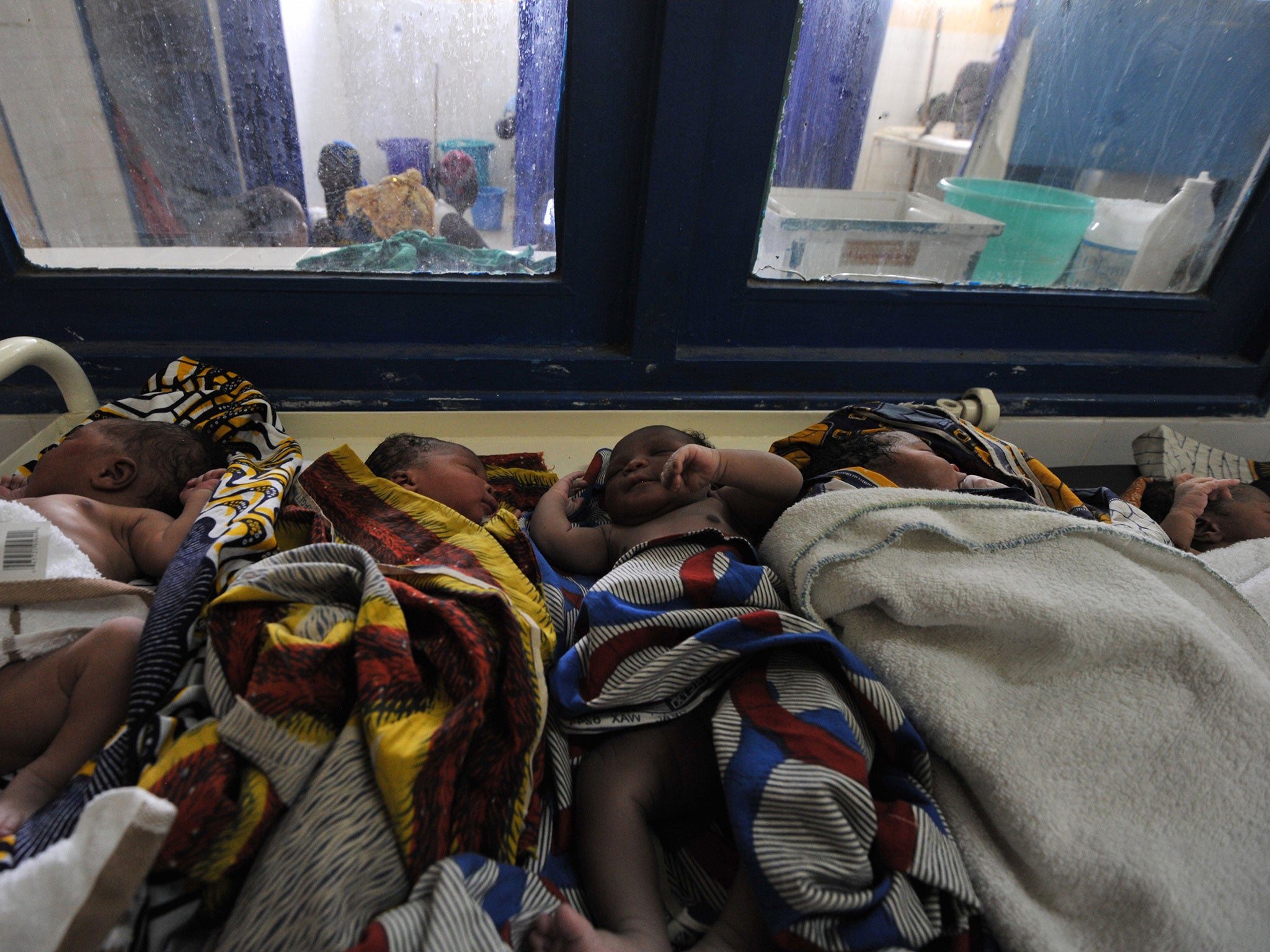The global population is predicted to soar to 11.2bn by 2100, and it will impact Africa most
The concentration population growth in some of the world's poorest countries will put intolerable pressure on the attempts to combat poverty and malnutrition

Economists and scientists are frequently at odds over the impact of a growing population. Growth is generally seen as good for an economy, but scientists view growth as potentially dangerous because it can lead to demand outstripping supply and the unsustainable exploitation of natural resources.
A young population is seen as being more dynamic than an ageing population, where older, retired people have to be supported by a dwindling number of workers. Demographers use a metric called potential support ratio (PSR) to analyse this relationship.
The PSR is equal to the number of people aged between 20 and 64 – workers in other words – to the number of people over 65. The ratio is frequently considered as the number of workers per retiree, and so the higher the PSR the better for the economy.
In many countries, the PSR is projected to fall quite dramatically. Germany, for instance, has a PSR that is currently 2.9 and it is expected to fall to 1.4, while China’s will fall from the current 7.1 to 1.4, Mexico’s from 8.7 to 1.4 and Bangladesh from 11.2 to 1.6.
The UN points out that only five countries are projected to have a PSR above 5.0 by 2100. They are all in Africa: Niger, Somalia, Nigeria, Gambia and Angola. Niger for instance is expected to have the highest PSR by the end of the century, at 6.5
In other words, there is a potential “demographic dividend” for Africa as a result of 41 per cent of its present population being made up of children under 15, and 19 per cent being composed of young people between the ages of 15 and 24.
However, experts believe this dividend will only happen if overall fertility rates are controlled, to allow the sustainable growth of economies, said John Wilmoth, head of the UN Population Division in New York.
“If a country can achieve a sustained reduction in fertility while educating its current youth cohort, protecting the health of the younger generation and empowering it through opportunities for decent work, there is the prospect of a demographic dividend in future decades,” Mr Wilmoth said.
“As the current generation of young people transforms into a productive and relatively large population in the working age range, there is a prospect for rapid economic growth that can help to lift populations out of poverty and into a more prosperous future,” he said.
The problem with a rapidly increasing population, however, is when it is combined with poverty and lack of employment. This drives migration, which potentially results in the loss of the most economically active members of society.
The UN estimates that over the past 15 years there has been a net flow of 4.1m migrants from low- or middle-income countries – many in Africa – to high-income countries. The trend is expected to continue, meaning that migration will be the leading force of population change for some countries in future decades, the UN says.
However, the concentration population growth this century in some of the poorest countries in the world, mostly in Africa, will put intolerable pressure on the attempts to combat poverty and malnutrition, and improvements in education and health, the UN warned.
A 2012 report on population by the Royal Society in London found that there is a large, unmet demand for contraction and birth control that will ultimately help to alleviate pressure on food production, water demand and energy in developing nations, particularly in Africa.
The UN agreed: “To realise the substantial reductions in fertility….it is essential to invest in reproductive health and family planning, particularly in the least developed countries, to that women and couples can achieve their desired family size.”
In 2015, only a third of women of reproductive age in developing countries who were either married or in partnerships were using modern contraction, and a further 22 per cent of such women were not using any contraception despite a stated desire of wanting to avoid pregnancy.
Join our commenting forum
Join thought-provoking conversations, follow other Independent readers and see their replies
Comments